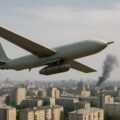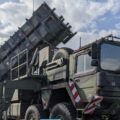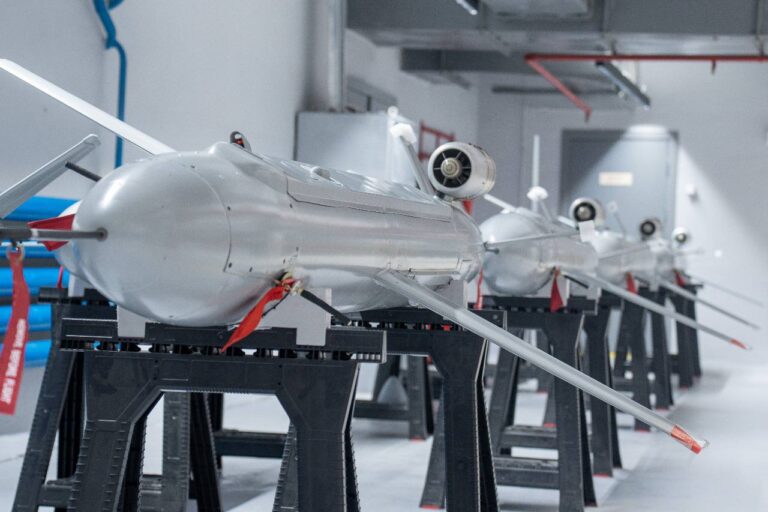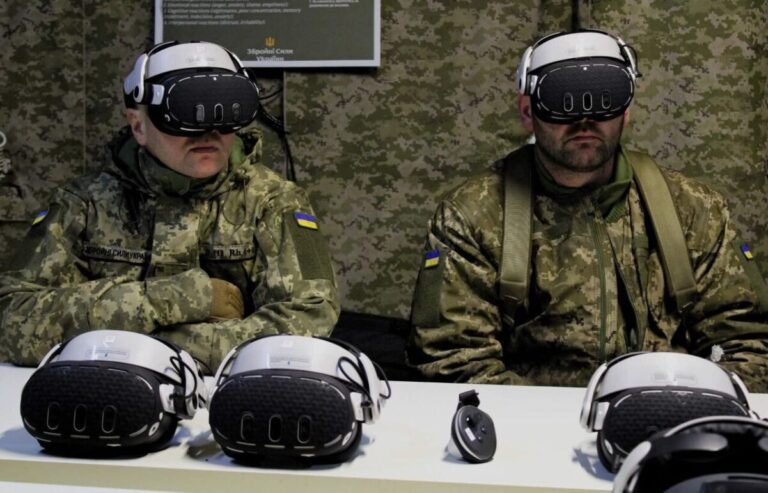
How Ukraine Is Strengthening Its Multi-Layered Air Defense System Against Shahed Drones
Ukraine is transitioning to a qualitatively new level of air defense. In response to Russia’s massive aerial attacks, the Armed Forces are building a layered system to counter kamikaze drones such as Shahed and Geran. This area has become one of the key elements of the country’s future air defense strategy, encompassing both technological tools and personnel development.
The Defense Forces of Ukraine are systematically working to strengthen air defense capabilities focused on the destruction of enemy UAVs. The Commander-in-Chief of the Armed Forces of Ukraine, Oleksandr Syrskyi, held a comprehensive meeting dedicated to the development of this critical direction.
“We are creating a layered system to counter enemy Shaheds and Gerans. Our common task is to form more such crews, train more interceptor operators, and provide them with more effective weapons and radar systems,” he said.
This marks a shift from isolated countermeasures to a comprehensive, vertically integrated defense system, covering everything from training personnel to equipping them with advanced detection and destruction tools.
During the meeting, Syrskyi heard reports on the status and effectiveness of the interceptor drone units, as well as the prospects for their further support.
The discussion focused on:
- execution of tasks by interceptor drones;
- the condition and needs for various types of UAVs;
- measures to increase the efficiency of countering enemy strike and reconnaissance UAVs;
- existing problems and proposals for resolving them.
“Air defense is a priority for the state, for the Armed Forces, and for me personally as the Commander-in-Chief. The effectiveness of our anti-Shahed system and the reliability of our missile defense determine the security of Ukraine’s rear,” Syrskyi emphasized.
In this context, forming new structural units is seen not as a secondary process, but as a central element of defense resilience.
Concrete Actions After the Meeting
The outcome of the discussion was the formulation of clear tasks aimed at eliminating shortcomings and strengthening the work of interceptor drone units.
“Following the meeting, I issued tasks to eliminate deficiencies and strengthen efforts in the area of interceptor drones.”
This ensures that the approach remains responsive, dynamic, and feedback-driven based on information from the field.
Civilian and Volunteer Fronts: Shared Responsibility
The Commander-in-Chief separately highlighted the importance of contributions from civil society, volunteers, and the tech sector:
“Thank you to the guardians of our skies for their professional work in shooting down enemy aerial targets. Thank you to our entire civilian sector that works to protect the sky.”
“Special thanks to all volunteers for their significant contribution to the development and implementation of innovations for effectively countering Russian aerial terrorism.”
These words make it clear: the integration of the military with the civilian tech environment is not wishful thinking, but a real and functioning practice that enhances defense.
“Thank you to everyone helping the army develop capabilities to defend against Shaheds, to all who develop the relevant technologies and train operators. It’s important that Ukrainian unity continues to support our combat operations.”
Strategic Priority: Air Defense as the Foundation of National Security
The message is unambiguous: short-range air defense and countering Shaheds are no longer optional features but a core part of Ukraine’s defense strategy.
Having specialized crews, quality operator training, new units, and the supply of radars and weapons all this is turning the anti-Shahed system into a new echelon of rear-area security.
- Air defense against drones in Ukraine today is a systemic, multi-layered model that includes both military infrastructure and civilian involvement.
- A new level of air defense is being formed, where every tier from operator to developer is critically important.
- Communication between command and personnel remains open, allowing strategies to quickly adapt to the realities on the battlefield.
- The focus on building institutional military units, not just one-off equipment purchases, reflects mature, experience-based planning amid full-scale war.













